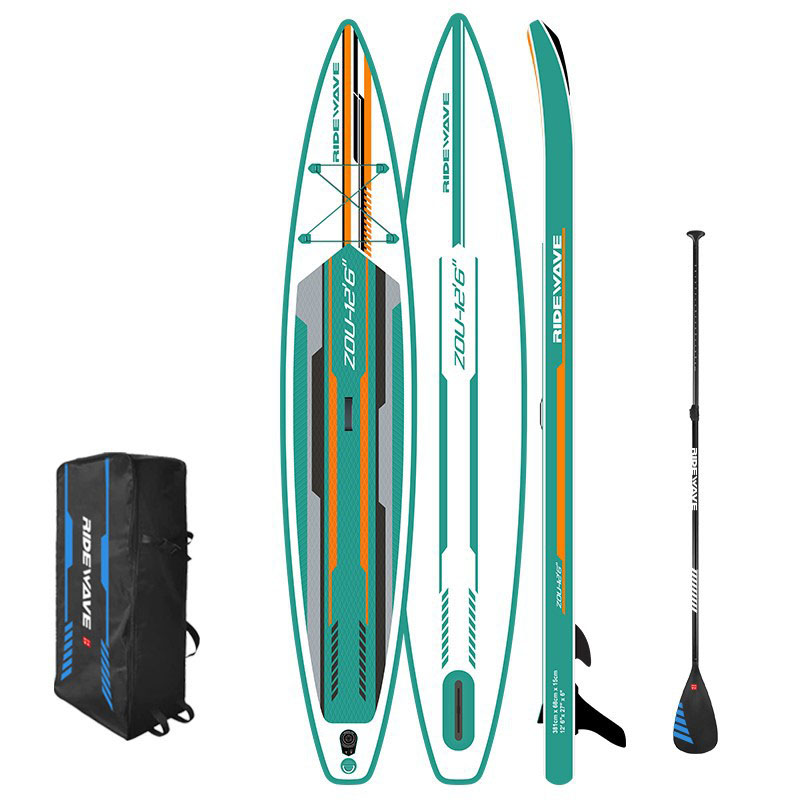Structural classification of SUP
Jul 25, 2023
Leave a message
SUP's waters are adaptable and have a variety of gameplay. In order to better match different waters and different ways of playing, the main equipment (board) of SUP has a lot of differences in size and shape structure. Friends who are new to SUP are often unclear about the performance differences caused by their differences in size and structure, so they have no choice. In order to help novice friends, this article will make a brief introduction to the structure and classification of SUP.
Plate nose
At the very front of the plate, the nose shape is sharp (pointed), which is conducive to breaking the waves and maintaining the course, and the rounded shape of the board nose is conducive to flexible steering. The design is designed according to the main use of the board as pure circle, pure point, or round with tip, pointed in the middle with garden.
Board tail
The shape of the tail is a little richer and more varied. Its shape, like the nose, has the same effect on steering performance, but it is much weaker. The point is that its streamlining, thickness, draft, etc. affect the size of the tail vortex, that is, the size of the water resistance. The swallowtail and fishtail shapes are specially designed for surfing on very steep waves to increase the stability of riding the waves.
Plate surface
The board or deck, that is, the front of the board, the side where the person stands, does not have many design points. On the contrary, the area and position of the mats on the board, the number of baggage fixing points, etc. vary depending on the functional positioning of the board.

Plate bottom
The bottom or belly of the plate is the side of the draft of the plate, and its cross-sectional profile has a great impact on performance. The bottom of the board is flat, and the stability is good; Slightly shallow arc, slightly less stability, good handling; The bottom of the board is shallow V, the handling and traction are good, and the stability is lacking.
Board edge
The edge of the board is the edge part on both sides of the board, and its design points are nothing more than thick and thin. Usually the travel board is thicker on half to increase volume and stability; Surfing boards have thinner edges to enhance steering agility.
Warpage
Warpage refers to the degree to which the bottom profile from the nose to the tail of the plate is bent up. High warpage, wave adaptability and steering agility; Low warpage, good traction and speed performance. Plates with different functional positioning vary greatly in warpage. Moreover, the warpage is reflected in the difference in the role of the draft part and the outlet part, so I will not delve into it here.
Tail
The tail fin is essential for the stability and traction of the paddleboard, but it also adds a lot of water resistance. Its size, area and shape determine how it performs in the above properties. Caudal fin design is a specialized discipline, and it is difficult to exhaust it in other special posts, so I will briefly talk about it here. In general, the larger the caudal fin area, the better the stability and the greater the water resistance; The deeper the caudal fin enters the water, the greater the stability and the greater the water resistance; The further forward the installation position, the higher the steering flexibility, and the further back, the better the traction. Therefore, the paddle board with specific function positioning is generally equipped with the corresponding function positioning tail fin, and there is no need to consider the tail fin too much when purchasing.

